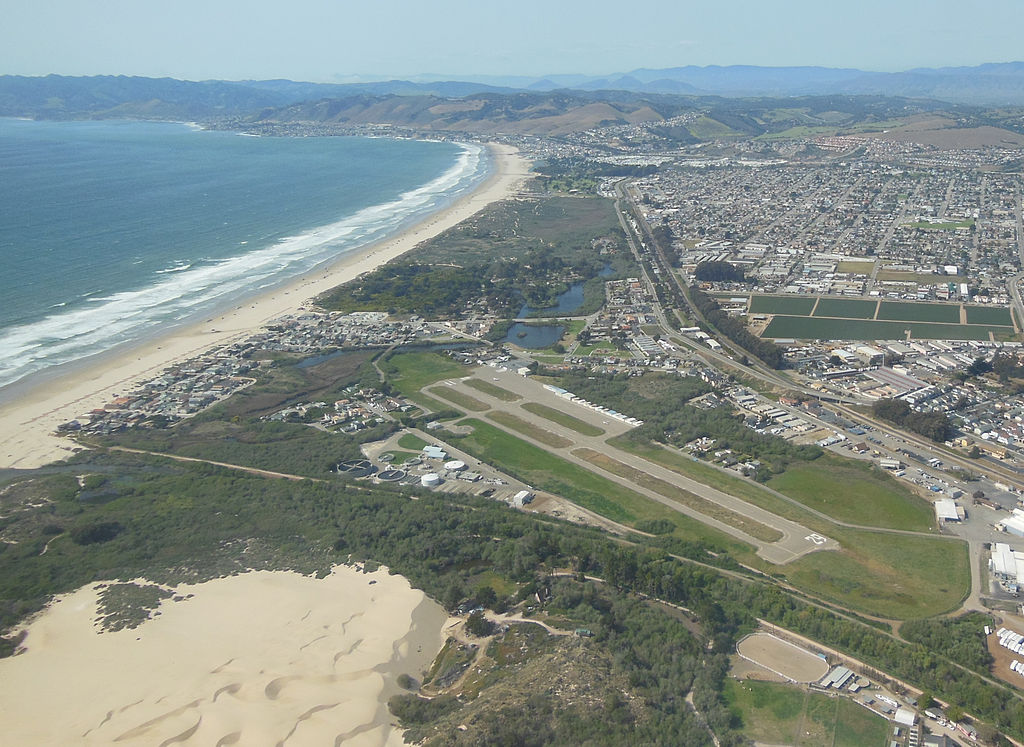Integrated Climate Change Adaptation Planning in San Luis Obispo County
Photo attributed to Kjetil Ree. This file is licensed under the Creative Commons Attribution-Share Alike 2.5 Generic, 2.0 Generic and 1.0 Generic license. No endorsement implied.
Posted by
Jessi KershnerPublished
Abstract
Climate change is a global phenomenon that has the potential for severe local impacts to agriculture, human health, natural resources, infrastructure, emergency response needs, tourism, and many other facets of society. Climate change impacts are expected to exacerbate the vulnerability of certain populations and sectors of society. By identifying and addressing underlying vulnerabilities early, decision makers in San Luis Obispo can increase the resilience of both the community and the resources it depends on to climate change.
This report provides a suite of adaptation strategies that was developed by local leaders and experts during a series of workshops in 2009‐2010. We view these strategies as a critical first step in what will need to be an ongoing process as the climate, other stressors, and the scientific understanding of the earth’s processes continue to change over time. By integrating adaptation strategies across the different sectors of society, county leaders will reduce conflict among diverse interests for limited resources, such as water, while increasing communication and lowering overall costs.
Citation
Meis, K., Corbett, J., & Koopman, M. (2010). Integrated climate change adaptation planning in San Luis Obispo county. Ashland, Oregon, Geos Institute. Retrieved from CAKE http://www.cakex.org/virtual-library/3002

